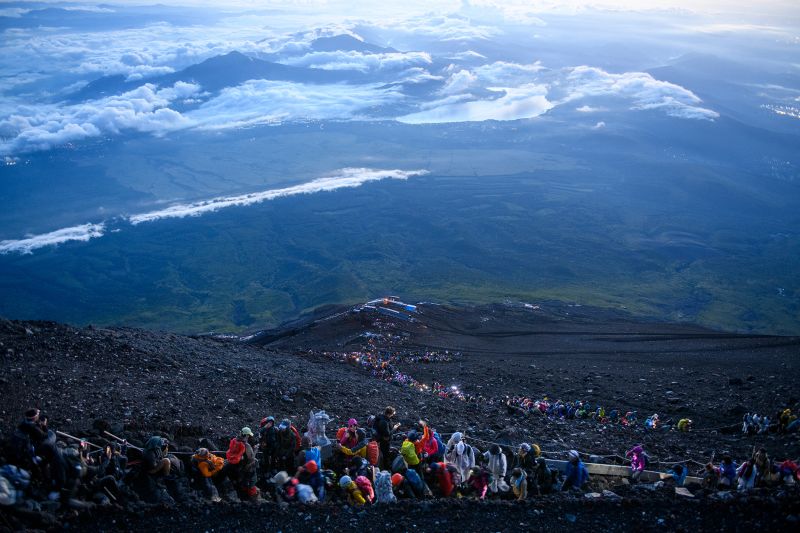
In recent years, Mount Fuji, Japan’s highest peak, has become increasingly popular in both domestic and international tourists. During the peak climbing season between July and August, thousands of hikers flock to the 12,388-foot-tall peak with hopes of reaching the summit, or at least enjoying spectacular views from its various lookouts.
Unfortunately, this rise in popularity has not been without consequences. Mount Fuji’s environment is threatened by the increasing number of visitors as they trample its delicate vegetation, as well as contribute to air pollution in the region. In 2018 alone, over 300,000 climbers have reached the summit, resulting in trails and paths being dangerously crowded with people. Moreover, the base of the mountain is inundated with visitors, resulting in large amounts of waste and the introduction of non-indigenous species to the mountain.
In an effort to combat these issues, the Japanese government has taken steps to limit the number of climbers each day. However, the rising popularity, coupled with inadequate waste management and a lack of regulations, continue to be a major issue for the mountain. As a result, the majestic peak is in danger of suffering long-term environmental damage from overtourism.

